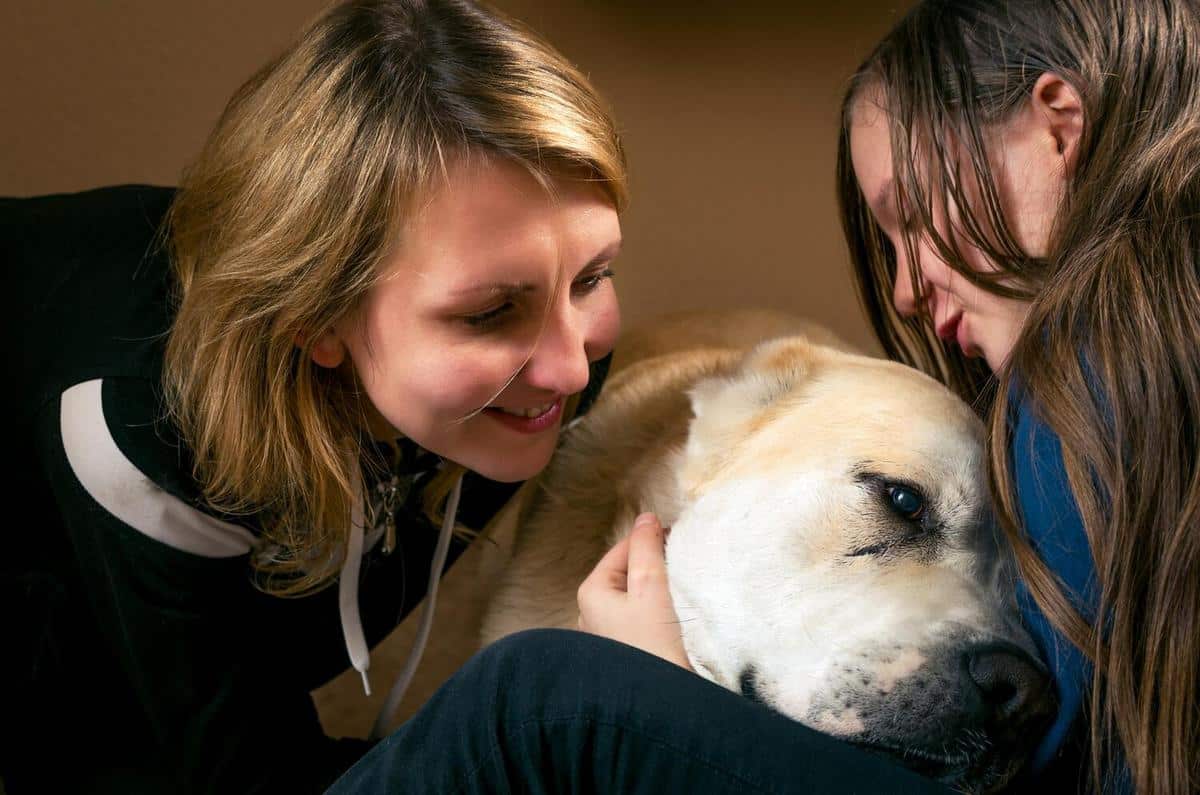
How to Create a Wellness Plan for Your Pet
Creating a wellness plan for your pet is an essential step in ensuring their health and happiness. Just like humans, pets benefit from a structured approach to their well-being, which includes regular check-ups, a balanced diet, and plenty of exercises.
Understanding Your Pet’s Needs
Every pet is unique, and their wellness plan should reflect their individual needs. Factors such as age, breed, and health status play a significant role in determining the best approach. According to the American Veterinary Medical Association, regular veterinary visits are vital for detecting health issues early.
Nutrition and Diet
One of the key components of a wellness plan is a balanced diet. A study by the Pet Food Manufacturers’ Association highlights that a nutritious diet can significantly enhance a pet’s quality of life. Ensure your pet’s diet includes the right balance of proteins, fats, and carbohydrates.
- Consult your vet for dietary recommendations.
- Switch to age-appropriate food as your pet grows.
- Monitor portion sizes to prevent obesity.
Regular Exercise
Exercise is crucial for maintaining your pet’s physical health. Dogs, for instance, thrive on daily walks and playtime. Cats benefit from interactive toys that stimulate their hunting instincts. Regular activity helps prevent obesity and promotes cardiovascular health.
Routine Check-Ups
Scheduling routine veterinary visits is crucial for preventive care. Dr. Emily Parker, a renowned veterinarian, recommends at least one annual check-up to catch any potential health issues early. Vaccinations, dental care, and parasite prevention are essential components of these visits.
Mental Stimulation
Keeping your pet mentally stimulated is as important as physical exercise. Puzzle toys, training sessions, and social interactions can help keep your pet’s mind sharp.
Implementing Your Pet’s Wellness Plan
| Aspect | Action |
|---|---|
| Nutrition | Consult vet, monitor diet |
| Exercise | Daily activity routine |
| Check-Ups | Regular vet visits |
| Mental Stimulation | Interactive toys, training |
| Socialization | Playdates, pet groups |
| Hygiene | Regular grooming |
| Vaccinations | Stay updated |
| Parasite Control | Preventive treatments |
Conclusion
Creating a comprehensive wellness plan tailored to your pet’s needs is a rewarding endeavor that ensures their long-term health and happiness. By addressing their nutritional needs, ensuring regular exercise, and scheduling routine check-ups, you lay a strong foundation for their well-being. Remember, a happy pet is a healthy pet!
Frequently Asked Questions
How often should I take my pet to the vet?
It’s recommended to take your pet for a check-up at least once a year. However, older pets or those with health issues may require more frequent visits.
What should I include in my pet’s diet?
A balanced diet should include the right mix of proteins, fats, and carbohydrates. Consult with your vet for specific recommendations based on your pet’s age and health status.
How can I provide mental stimulation for my pet?
Interactive toys, training exercises, and social interactions are excellent ways to keep your pet mentally engaged.


